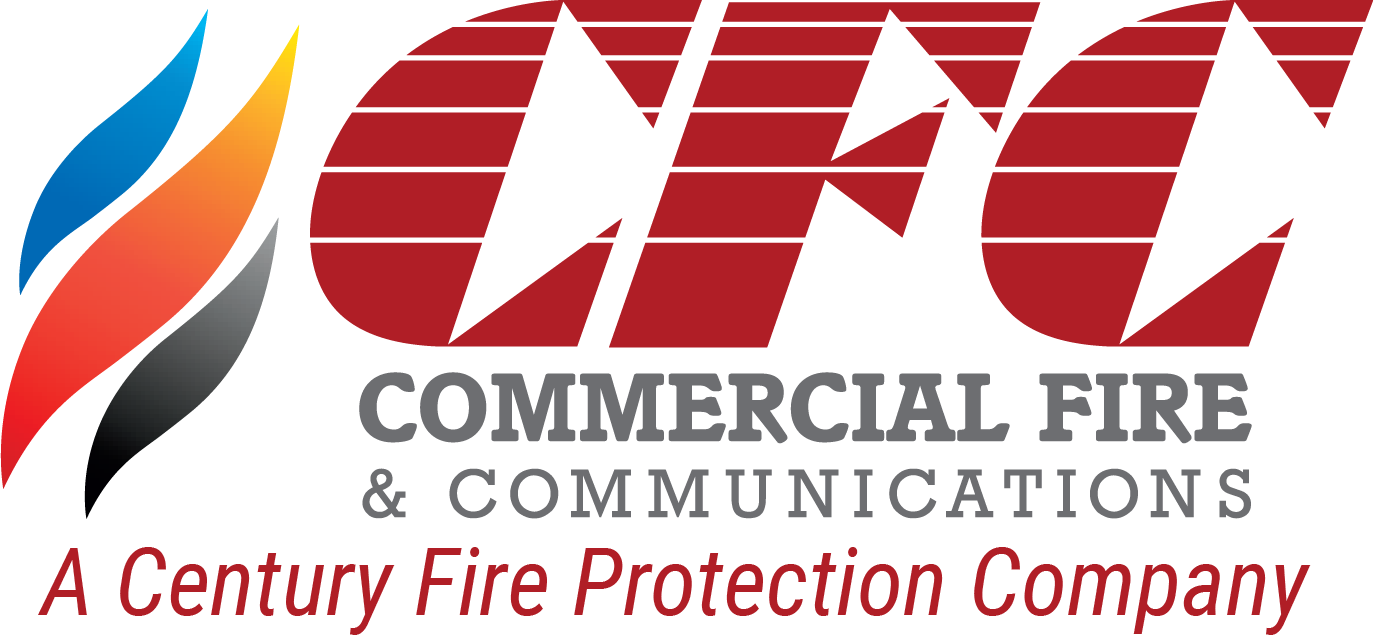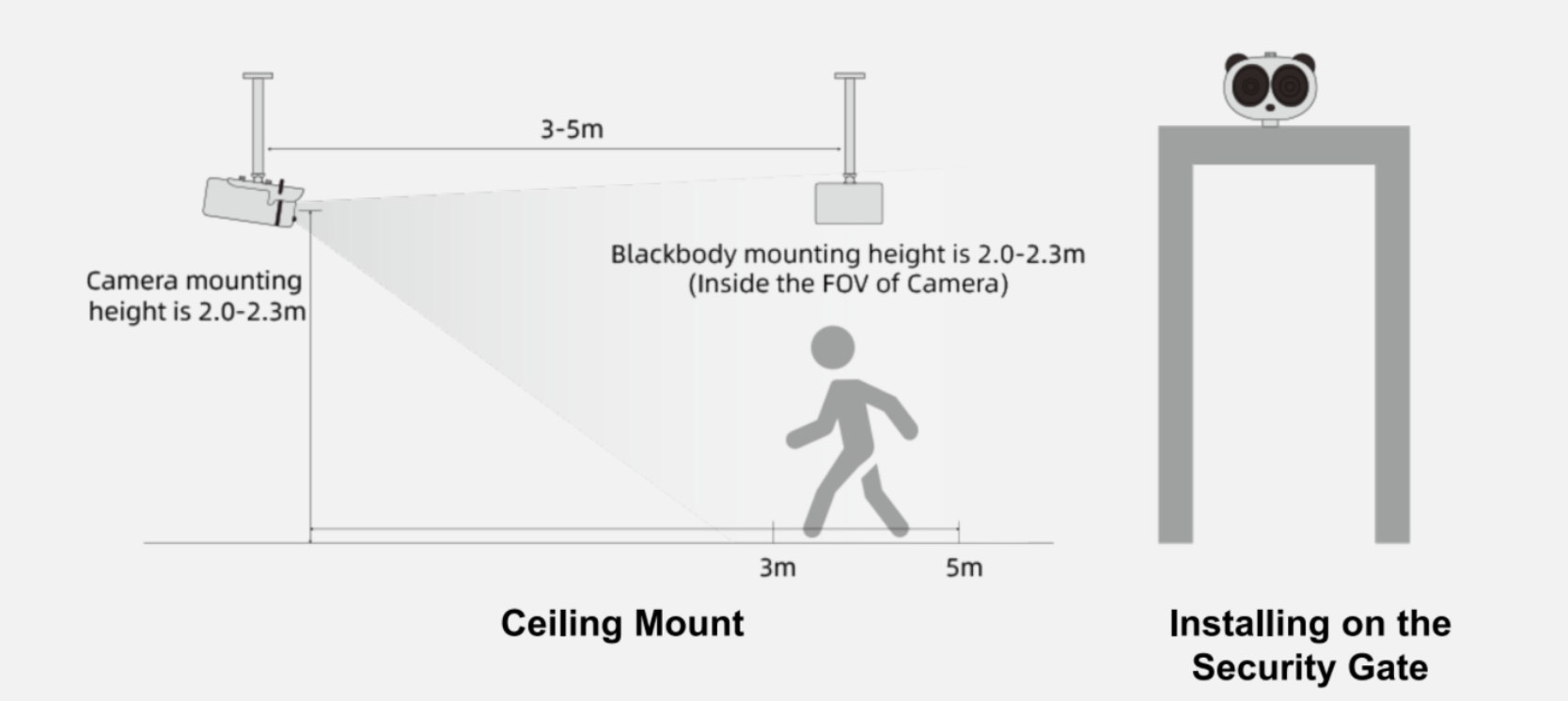The COVID-19 pandemic has infected nearly 12 million people worldwide, and over 3 million Americans to date. Since the virus’s outbreak in March, it has strained our healthcare systems, stressed our economy, and left the elderly and immunocompromised at high risk. The implementation of preventative measures is critical to the management and elimination of COVID-19, and thermal cameras have emerged as an efficient method of virus detection in non-medical settings.
The way it works is simple: thermal imaging systems rely on infrared cameras to detect and convert the heat (or infrared energy) of any given object into an image that breaks down changes in temperature according to a color system. The color-coded photograph will display the hottest and coldest surfaces of whatever object is in the frame – including humans. This kind of technology has evolved rapidly in the last two decades and has since been applied to various settings, including airports, hospitals, train stations, and private businesses. In the Coronavirus age, infrared cameras play a pivotal role in keeping public spaces, communities, and activities free of pathogens.
COVID-19 has proven to be highly contagious, and many of those infected are asymptomatic. These combined factors have made the virus’s spread largely uncontrolled and unmonitored, even after months of stay-at-home and quarantine orders. As the country and economy slowly start to reopen and regain a sense of normalcy, businesses must practice the most stringent safety and precautionary measures.
The Role of Thermal Cameras in Virus Management
Thermal imaging systems are essentially methods of detecting heat patterns and finding outliers within them. While these cameras do not give accurate internal temperature readings like thermometers, they pinpoint individuals with higher body temperatures and act as early febrile screening methods. They differ from non-contact infrared thermometers in that they read the changes in temperature across multiple surfaces, instead of targeting one specific spot.
Thermal imaging cameras are quickly becoming a cornerstone of safety and security systems combatting the COVID-19 crisis. Why? Because identifying people with higher body temperatures indicates a possible fever, one of the earliest and only indicators that someone may be sick with COVID-19.
Furthermore, infrared technology has a few key strategic advantages. Chiefly, it is both instant and non-invasive. It can gauge the external body temperatures of individuals in a given area without the sanitation or logistical concerns that would arise with a traditional thermometer reading. Secondly, advanced thermal imaging systems have a small margin of error, which means their results are trustworthy, consistent, and accurate.
In fact, this isn’t the first time industry experts have leveraged infrared technology to detect potential cases of infection. Similar thermal imaging technology was used during the Ebola outbreak in 2014 as well as throughout the spread of the H1N1 flu virus in 2009. In both scenarios, thermal cameras prevented further viral outbreaks in crowded public places like airplanes and trains, which helped mitigate the rising case numbers. It has the power and potential to do the same in the fight against COVID-19.
However, there are limitations when it comes to the use of infrared cameras; they are not a means of diagnosing the virus. There are plenty of reasons a person might have an elevated external body temperature, whether it be a different form of infection or raised heart rate. Moreover, since thermal imaging systems use light to detect heat and depict temperature information, reflective surfaces like glass, mirror, and aluminum throw off their reading. This becomes problematic when trying to find the most accurate external temperature of those with glasses, mainly because tear ducts are the hottest area of the body and the most indicative of internal heat.
Perhaps most significantly, thermal imaging systems operate on an individual level. They cannot read multiple people’s external temperatures accurately at once, though the effect of this limitation can be minimized through thoughtful design and installation.
Despite certain restrictions, thermal imaging systems serve as another form of protection for citizens and business owners operating in a post-pandemic world. It is one of the easiest, most accurate methods of detecting fevers without medical intervention. Adding it to your pre-existing fire safety and security systems will help those with abnormally high temperatures seek proper medical attention as soon as possible while simultaneously preventing potentially COVID-positive people from spreading the virus unknowingly.
Thermal Detection Technology
CFC Systems capitalizes on infrared technology by investing in the highest quality and cutting edge devices. Our thermal imaging systems are equipped with both heat mapping capabilities as well as facial recognition technologies produced by a variety of manufacturers.
A system we like for a wide variety of applications is InVid Tech products, which integrate seamlessly with other systems and devices and allows for a cost-effective solution for infrared technology. The Temperature Measurement and Face Recognition Terminal is designed for consumers and employees to interact with directly. It features an 8-inch LCD screen, accurate human voice prompt, non-contact body temperature measurement, and face liveness detection technology that can distinguish between real and spoof faces, even with masks on. This device works in conjunction with secondary body temperature cameras and server routers to form a fool-proof, highly accurate safety system geared towards public health.
Together the system can detect masks, add people to its facial recognition system, record 24 hours a day seven days per week, and create alarms for abnormal activity, raised body temperatures, and mask detection alerts. Additionally, the thermal imaging system comes with free central management software and smartphone apps for both iOS and Android phones. This makes it simple for staff and employees to utilize the system safely and effectively.
The CFC team of technicians and designers will work collaboratively with you to install a thermal imaging system on your property without disrupting your daily operations. Today’s safety and security systems must be built to be as powerful, multifaceted, and advanced as possible in order to protect you and your business.
CFC’s Commitment to Public Safety
The CFC team is committed to contributing to continued public health and safety efforts as much as possible. We want to help our clients protect their customers and their livelihoods through making the businesses and public spaces in our communities safer and more sanitary.
As we begin to contain COVID-19 and embark on the road to recovery, we must take the proper preventative measures as a united front. CFC is proud to serve the Tampa Bay and broader Southwest and Central Florida communities and strives to stay abreast of the latest and most innovative safety solutions.
We look forward to helping you keep your business safe and operational throughout these challenging times.



